Connecting to the future:Leveraging Cross-industry Connections and Know-how to Advance Societal Adaptations of Next-generation Energy
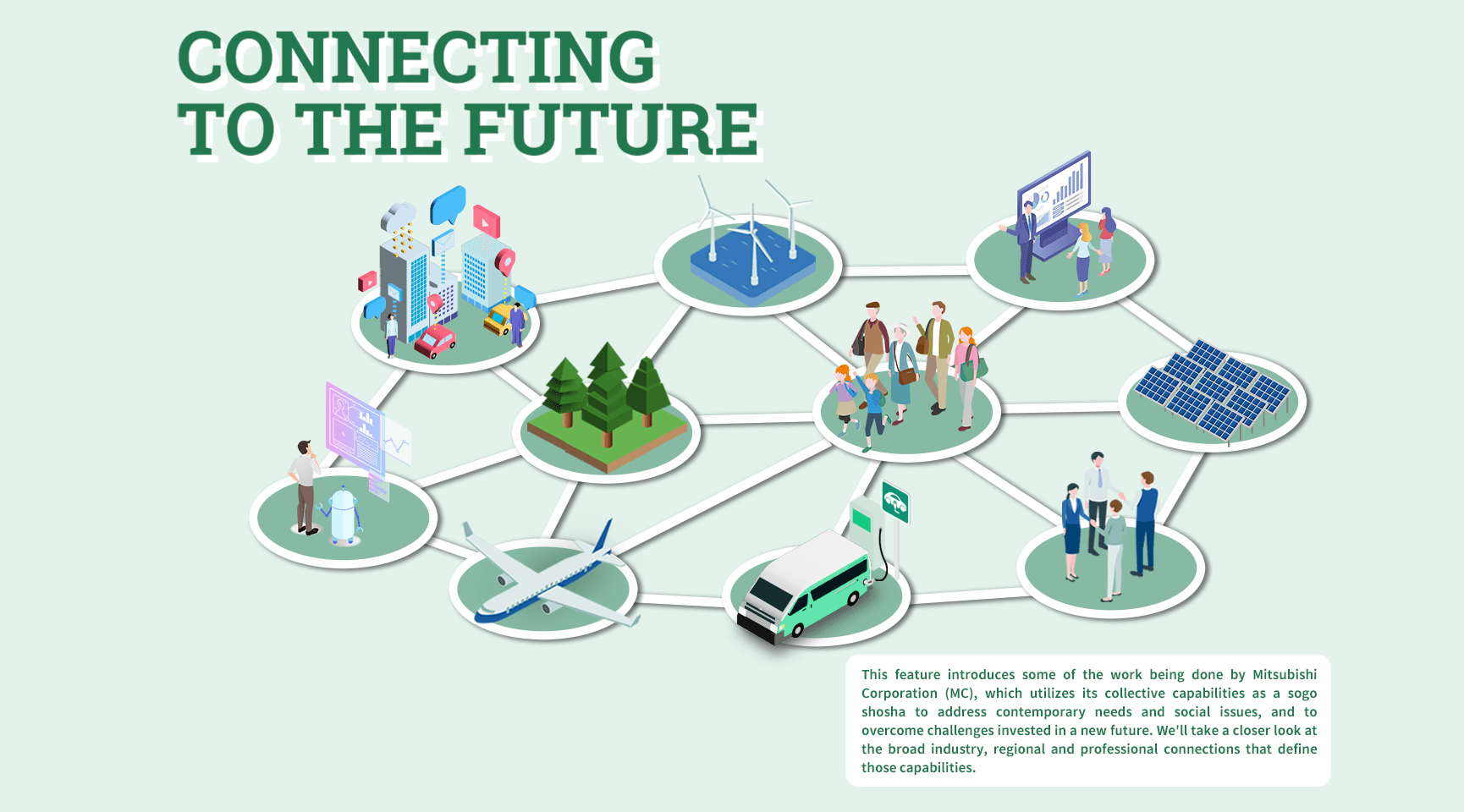
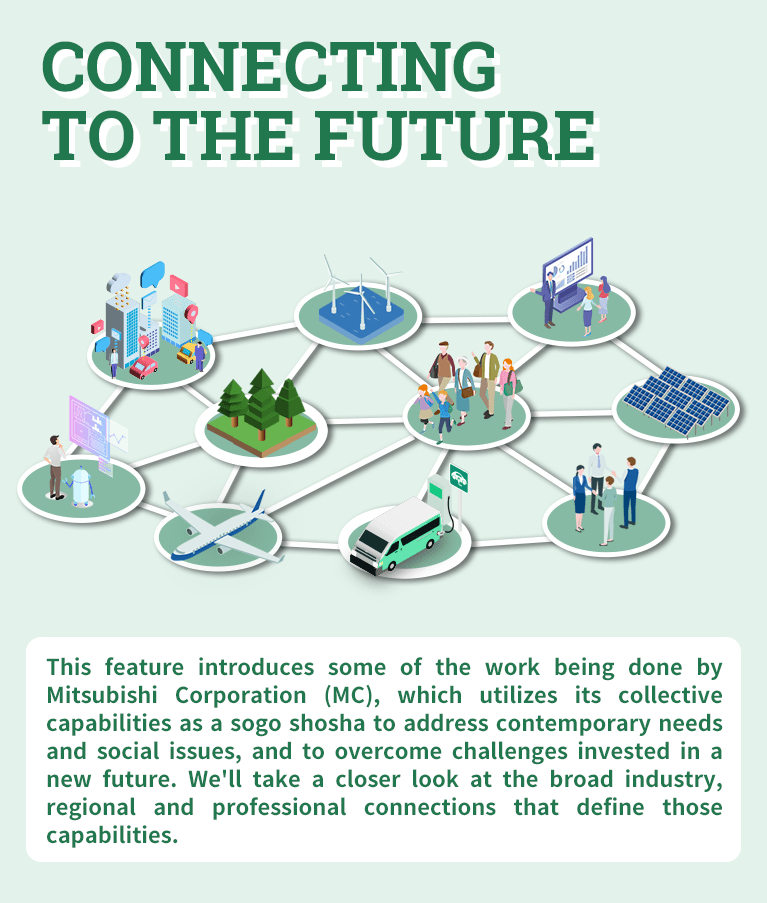
The Present and Future of Next-generation Energy vol.2
Leveraging Cross-industry Connections and Know-how to Advance
Societal Adaptations of Next-generation Energy
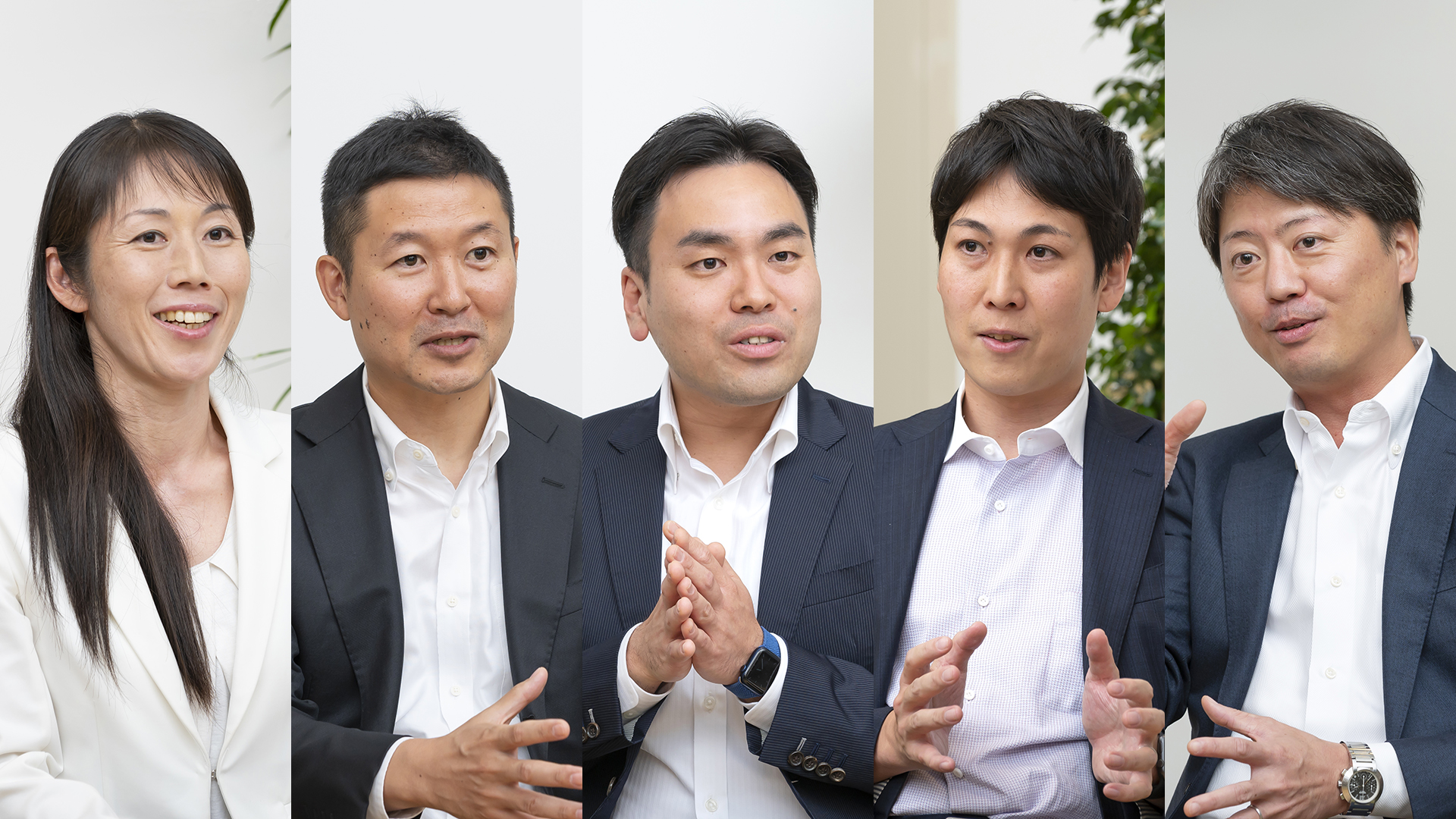
This past spring, MC launched its Next-Generation Energy Business Group as a new organization dedicated to accelerating its decarbonization work. What challenges is the group taking on to reform and thus better equip energy systems for the future? In part 2 of our series highlighting MC's recent initiatives, we speak with five of the group's employees, each of whom has been assigned to a separate business from its broad scope of energy-related operations. These businesses, which are at various stages of commercialization, include sustainable aviation fuels (SAFs), hydrogen, carbon credits, ammonia, and petroleum.
- [ Roundtable Participants ]
-
Aki Ichinose (Biofuel & E-fuel Business Department Next-Generation Energy Business Group)
Tohru Hayashi (Hydrogen Infrastructure Development Department Next-Generation Energy Business Group)
Kazuki Nishida (Carbon Management Office Next-Generation Energy Business Group)
Yoshifumi Mori (New Power Generation Fuels Business Department Next-Generation Energy Business Group)
Yuji Ando (Refinery Business Department Next-Generation Energy Business Group)
*The participants' titles have been omitted from the discussion. - [ Interviewer ]
- Kazuhiro Sekine (GLOBE+ Editor in Chief)
High Expectations in Aviation Long-term Stability in Sourcing of SAF Raw Materials
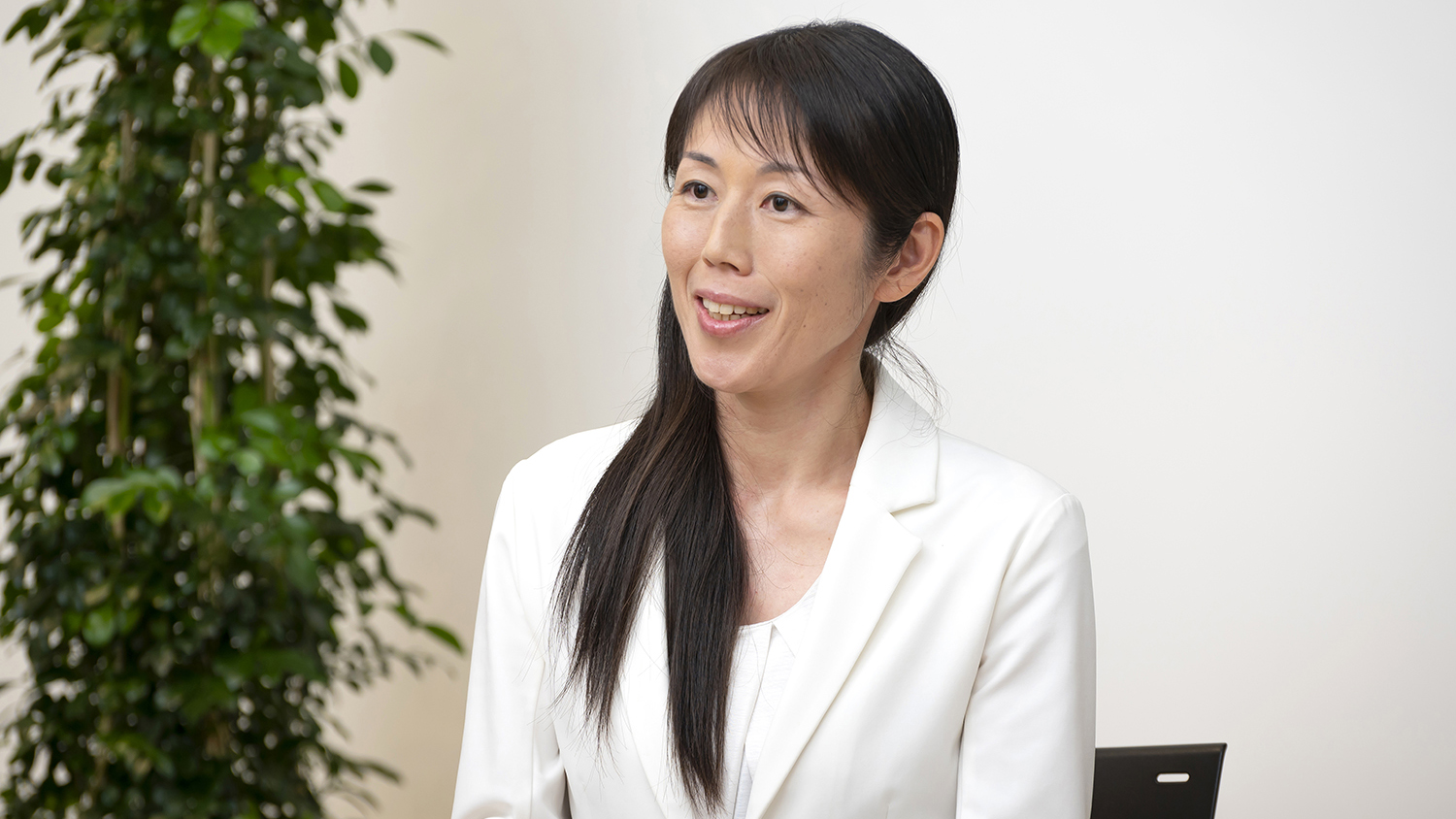
——Would you agree that SAFs are the key to decarbonizing the aviation industry?
Ichinose The International Civil Aviation Organization is a UN body that introduced CORSIA in 2021. This a carbon-offset and reduction scheme for international aviation, and under its terms, participating countries will be obligated to offset any of their aviation industry's CO2 emissions that exceed 85% of CORSIA's 2019 baseline. Knowing that most of them will eventually have to take part in the scheme, countries are already looking to use more SAFs. Japan's target is to power all of its aircraft with at least 10% SAFs by the year 2030. That said, SAFs are in very short supply, and they currently account for less than 0.1% of all the world's jet fuel. So it is crucial that we accelerate work to scale-up production.
—— Switching to SAFs seems like a very challenging goal. How can we achieve it?
Ichinose There are several ways to produce SAFs, but the ones that are currently commercially viable are those employing a process called HEFA, which stands for hydroprocessed esters and fatty acids. It works by using hydrogen (hydrogenation) to refine vegetable oils, waste oils or fats. For HEFA systems to produce large volumes of SAFs, they need high-quality fat-and-oil feedstocks. Due to rising global demand, the prices of those feedstocks are soaring, but MC's Food Industry Group and Consumer Industry Group are now working together to assess ways of procuring them competitively. Furthermore, to ensure long-term supply stability, work is also underway to develop orchards of trees and shrubs that yield high-oil-content fruits unsuitable for human consumption. Growing such crops can not only secure SAF raw materials, but also help us to absorb more CO2. In April 2022, MC and ENEOS announced that they would begin investigating joint supply of SAFs and other next-generation fuels. Our aims are to combine MC's expertise in marketing and the international sourcing of raw materials with ENEOS's manufacturing technologies, sales channels and other strengths to quickly build a supply chain for these fuels. We hope to have Japan's airlines using an appropriate amount of SAFs by the time its CORSIA obligations go into effect in 2027. We are also interested in commercializing non-HEFA manufacturing techniques, as we think having those as well will better equip us to meet demand for SAFs over the medium to long term.
Forging a Hydrogen Supply Chain with Cutting-edge Storage and Transportation Systems
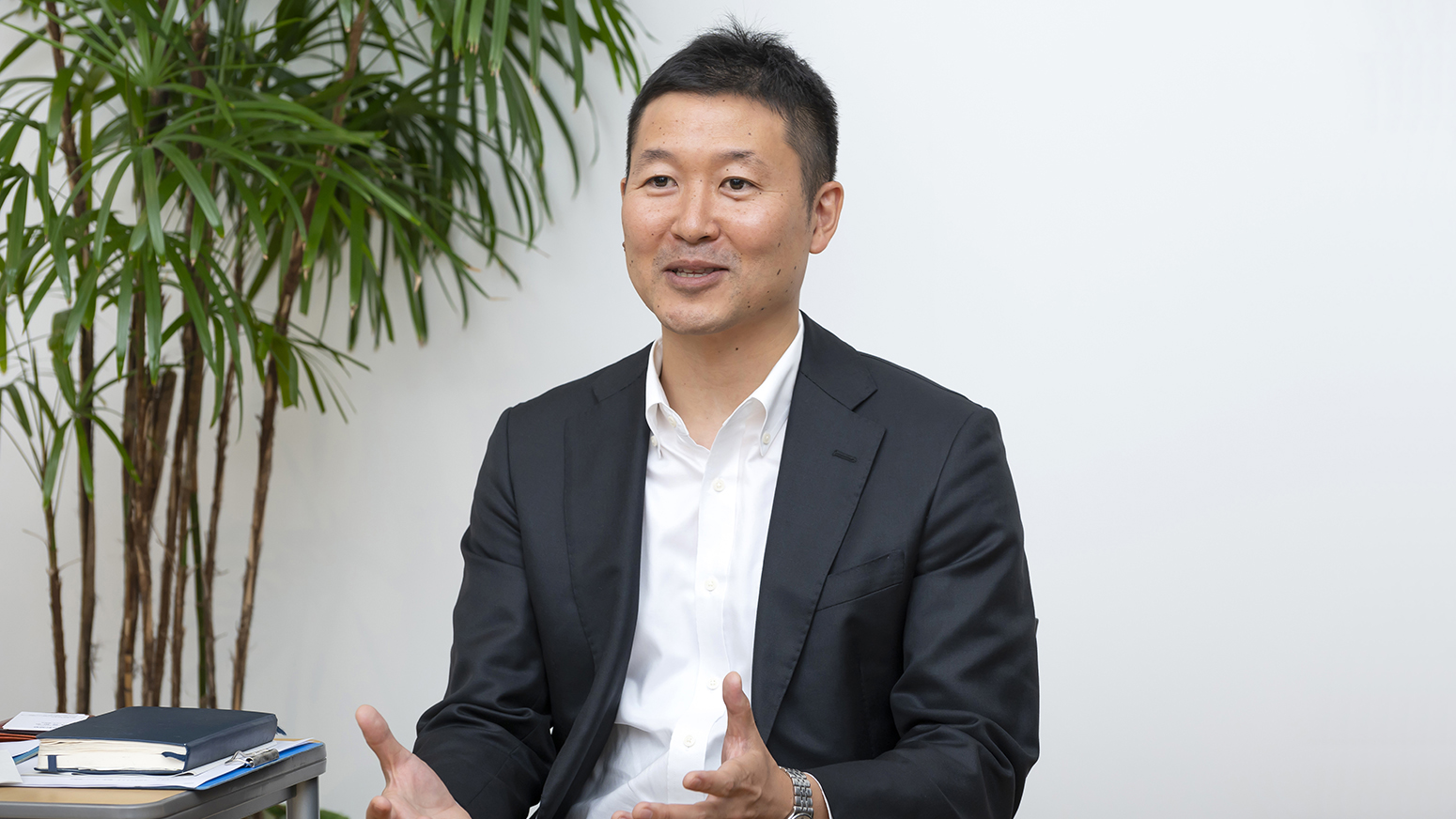
—— Interest in hydrogen as a next-generation energy is really growing, but there seem to be a lot of barriers to transporting it.
Hayashi When we talk to hydrogen producers and users, we definitely get the sense that there is a growing need for both its import and export, but as you say, shipping it poses seem real problems. The fact that it's a gas makes things difficult, and although a number of different ways are being explored to liquefy or otherwise alter it for ease of transport, the ones we're focusing on right now are liquid organic hydrogen carriers, or LOHCs. One LOHC method is to react hydrogen with toluene to form something called methylcyclohexane (MCH). The MCH is shipped by ocean carriers from overseas, and when it arrives, it is broken back down into its constituents and the hydrogen is delivered to customers. The toluene can then be reused to both store and ship other hydrogen. MCH has other applications too. For example, it can be used as a solvent for correction fluids. It's easy to handle because it's a liquid under normal temperature and atmospheric conditions. Plus, another big advantage of both toluene and MCH is that they are already in distribution, meaning that no infrastructure or equipment upgrades are needed to produce, store and ship them.
—— MC is also engaged in hydrogen supply-chain businesses in Singapore, Europe and other places. Can you tell us a bit about the work that's going on there?
Hayashi Sure. In Singapore, we're working with our local partners and Chiyoda Corporation, who developed a proprietary technology to use MCH as a hydrogen carrier, to examine the specifics of the hydrogen supply-chain projects. We've also been in talks with the Singaporean government about commercializing hydrogen businesses. Our work in Singapore got going around 2020, and recently we've been conducting some very detailed feasibility studies there. In the last few years, the push to promote greater use of hydrogen in Europe has also been gathering momentum. This is evidenced by the EU's 2030 target to both produce 10 million tons of hydrogen and import an additional 10 million tons of it from other countries. Based on all available data, including results of a joint survey conducted by MC, the Netherlands' Port of Rotterdam, Chiyoda Corporation, and other interests, in-depth talks are now underway on how best to connect hydrogen producers and users throughout Europe. This region is at the forefront of climate action, so we are confident that its successful commercialization of hydrogen projects can and should lead to them being adopted in other parts of the world.
Growth in Carbon-credit Markets Helping to Lower Cost of Decarbonization
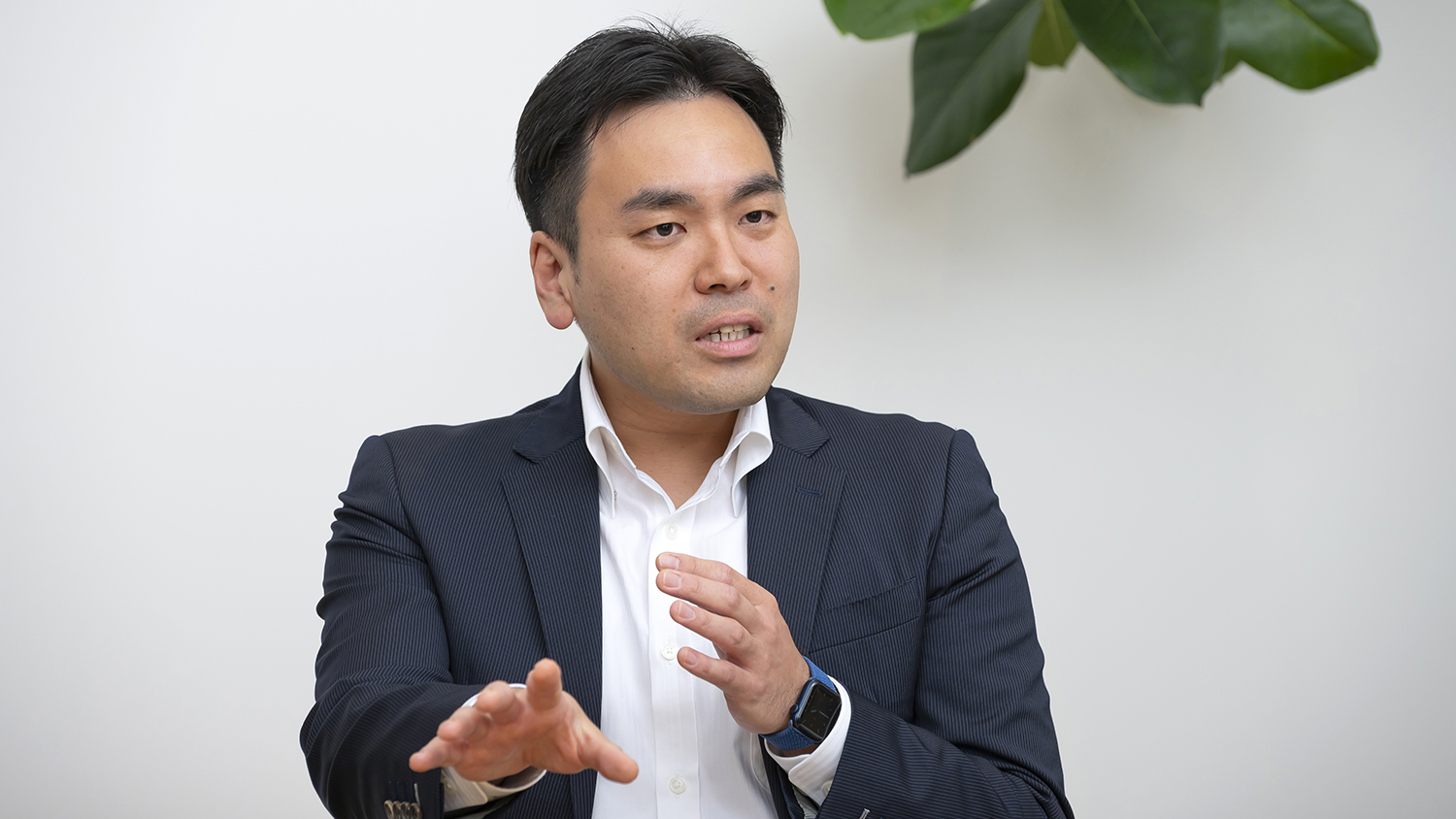
—— In recent years, carbon-credit markets have been growing. Can you explain why these schemes are needed?
Nishida
Carbon credits (also called carbon offsets) are purchased by businesses that emit greenhouse gases and represent half of cap-and-trade programs. With climate action such a pressing necessity nowadays, it's vital that we do more than simply wait for carbon-reduction, next-gen energy options like SAFs, hydrogen and ammonia to become more widely available and used, because those things are going to take a lot more time. Thankfully, there are things we can do right away. For example, we can try and conserve energy, we can use renewables wherever possible, and we can get involved in carbon-credit schemes.
Decarbonization is relatively straightforward in certain industries, while in others it remains challenging in terms of technology and cost.
Trading the benefits of emissions reductions among these companies can help to minimize the societal costs of decarbonization.
These markets are still in their nascent though, so there's a lot of international discussion going on about how to guarantee the quality of carbon credits, establish systems to encourage businesses to use them properly, and so on.
—— Are carbon credits also useful in promoting the growth of innovative clean technologies?
Nishida Japan and other countries have set targets to be net-zero by 2050, meaning that they're going to have to significantly reduce their GHG emissions over the coming decades. To achieve these targets, we'll not only need to introduce renewables and other next-generation energies, but also capture the CO2 we fail to reduce and store it permanently in geological formations, the ocean, concrete and so on. Technologies that are designed for this carbon dioxide removal (CDR) are therefore just as essential as energy alternatives, but if we hope to spread their use, we'll need to develop mechanisms to make it easier for as many buyers and sellers (i.e. those specializing in CDR) to gain market access. This past April, MC teamed up with Switzerland's South Pole, the world's leading climate solutions provider and carbon project developer, to establish the NextGen CDR Facility. By using innovative CDR technologies to connect buyers and sellers of high-quality carbon removals and creating opportunities for them to trade those removals, the facility will be supporting the CDR industry and helping it to grow.
—— Tell us about the Carbon Management Office's "Climate Journey Navigator."
Nishida It's a concept that involves keeping pace with companies' "climate journeys" (i.e. their individual quests to decarbonize), and offering them a wide range of customer-focused solutions along the way. Quite a few companies are struggling with how to begin their climate journeys, and their needs are diversifying. MC's Climate Journey Navigator is designed to offer each customer specially tailored solutions that are optimized to meet their needs, covering everything from gauging their current situations (by visualizing their CO2 emissions, analyzing their risks, etc.), to setting reduction targets and executing reduction plans. We're confident that we can put the collective capabilities that MC has honed through its multi-industry engagement to good use in our customers' businesses.
Connecting with Asia, Europe and the US to Meet Ammonia Demand
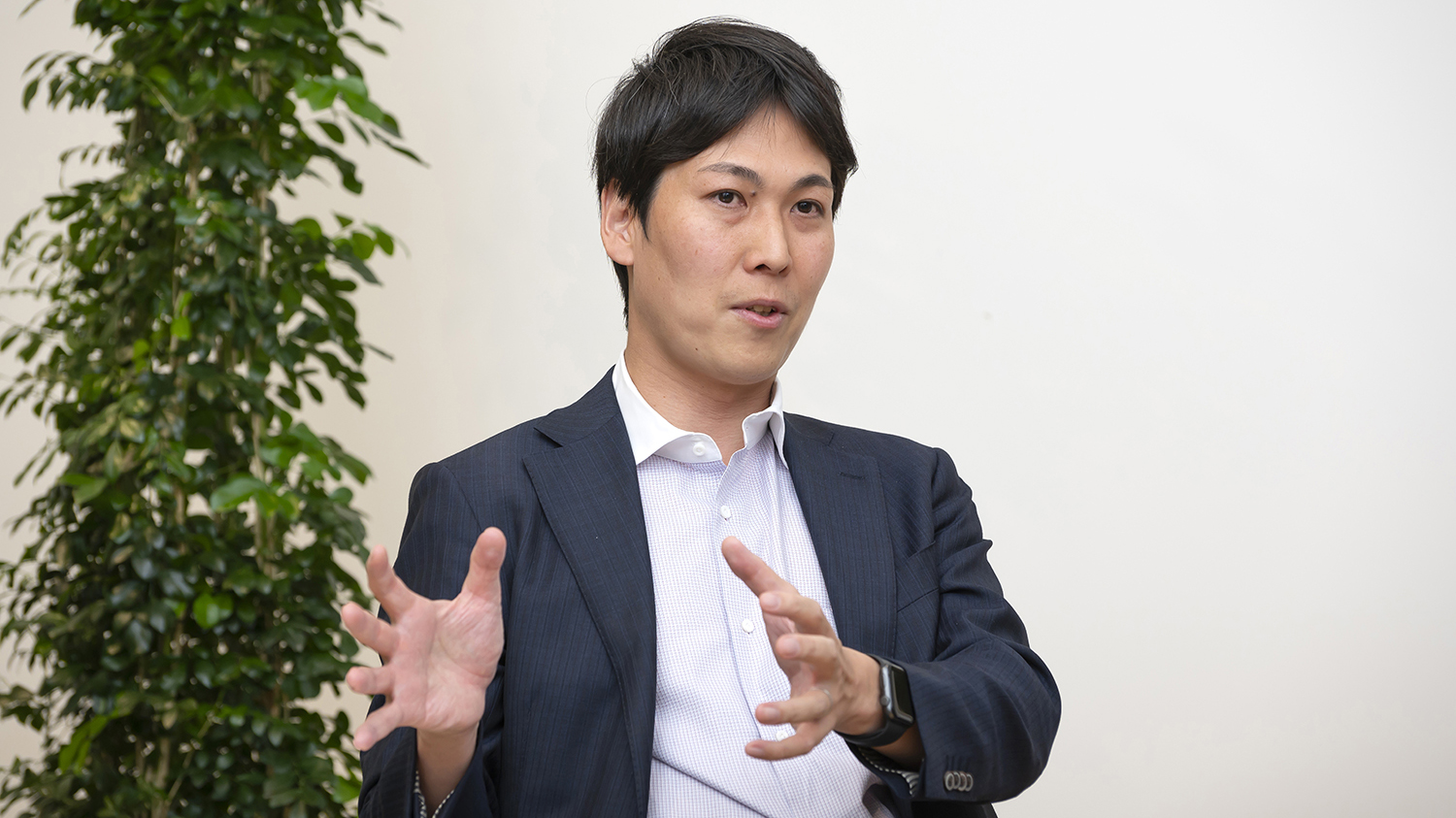
—— Ammonia has been in the headlines of late, due to all of its potential applications. Can you tell us about it, and about MC's related businesses?
Mori Of course. Ammonia has traditionally been used as a raw material to make fertilizers or chemicals, but in recent years it has been garnering more and more attention as a new form of energy. This is because it can be used as a hydrogen carrier (enabling hydrogen to be stored and shipped much more easily than in its natural state) and because it doesn't emit any CO2 during combustion. MC started trading ammonia in the late 1960s, but we've also been involved in its production since the early 2000s, when we invested in an Indonesian producer. Familiarity with ammonia, in other words possessing the know-how to both produce and transport it, is a massive strength when developing new-energy businesses.
——The Japanese government is predicting a surge in demand for ammonia. How specifically is MC planning on addressing that?
Mori Right now the global ammonia trade for fertilizers and chemicals is about 20 million tons per year, but our government believes that Japan alone will need 30 million tons of it by the year 2030. There is no way that current supply chains will be able to handle that, so we're going to have to build a new one that's of a sufficient scale to accommodate energy markets. In February this year, MC agreed to form an alliance with Germany's RWE Supply & Trading GmbH and Korea's Lotte Chemical Corporation to construct a stable, large-scale supply chain that will serve Asia, Europe and the US. Plans are in the works to develop part of that chain at the Port of Corpus Christi in Texas, which will come in the form of an ammonia plant slated to begin producing 10 million tons annually by the year 2030.
——I understand that there are efforts underway to bring energy-use ammonia to Japan as well.
Mori That's true. Right now the Namikata Terminal, which is located in Ehime Prefecture's Imabari City, handles LPG (liquefied petroleum gas), oil and chemicals, but MC has begun working with the port authority, Shikoku Electric, Taiyo Oil Company, Taiyo Nippon Sanso Corporation and Mazda Corporation to adopt it for fuel-use ammonia. LPG and ammonia have very similar physical properties, so the tanks and carriers that are currently used for LPG can be easily converted for ammonia or even serve as dual-use carriers. Furthermore, the Namikata Terminal has docking berths for large carriers and is situated close to some pretty big buyers. Our initial plan is to establish it as an ammonia hub with an annual capacity of roughly one million tons. This isn't a strictly corporate endeavor either, as local authorities from Ehime Prefecture, Imabari City and elsewhere are also on board as observers. By importing and using ammonia, we hope to create a new clean-energy industry, which we think will also help achieve aims under the Japanese government's Regional Revitalization policy, a broader initiative to rejuvenate the country's declining communities that lie outside its major urban centers.
Fulfilling Responsibilities in the Oil Industry to Help Balance Supply Stability and Decarbonization
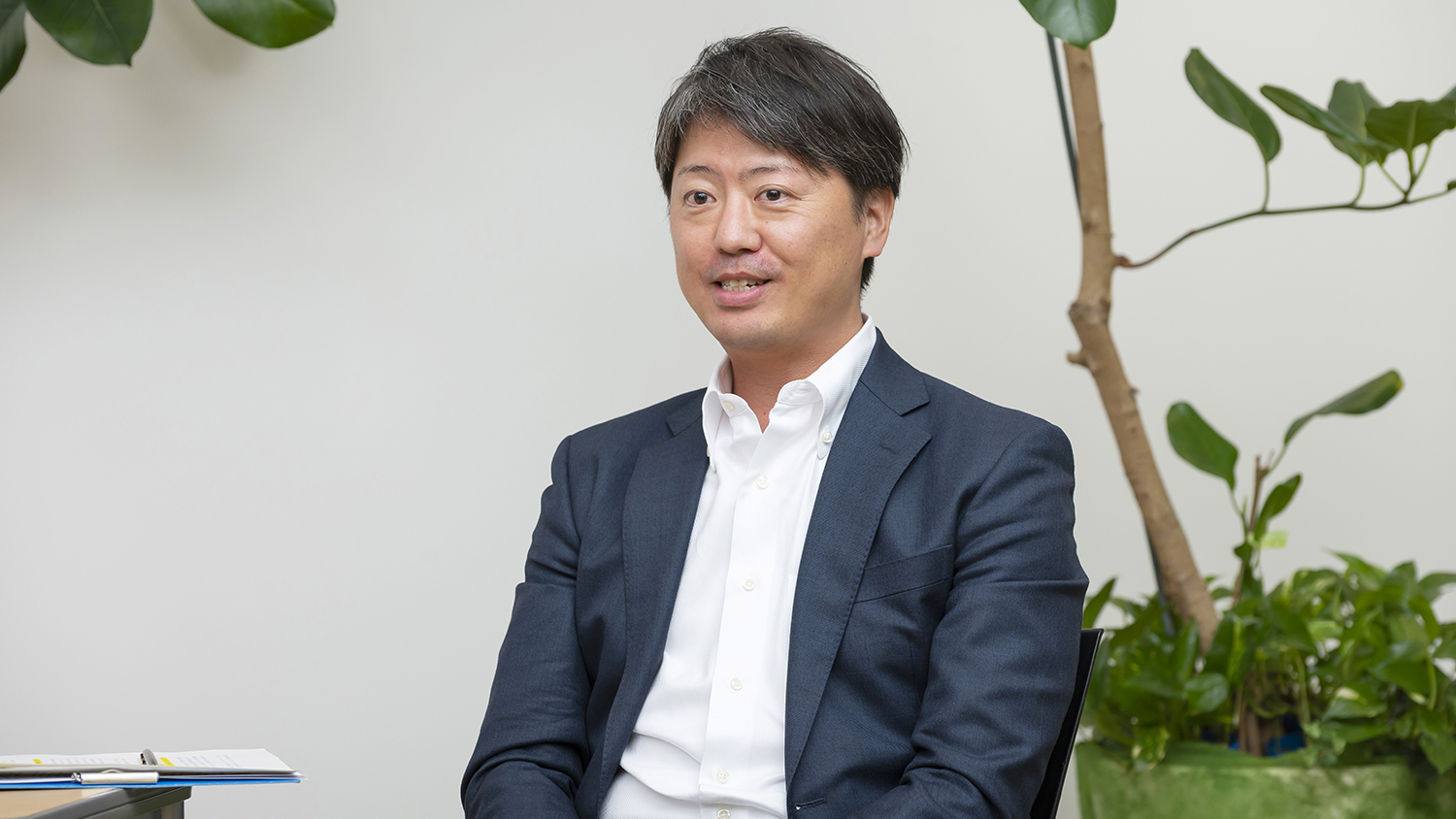
—— Another of the Next-Generation Energy Business Group's organizations is the Refinery Business Department, which handles petroleum products. Tell us about those operations.
Ando I'm sure some people are wondering why we seem to be categorizing petroleum as a next-generation energy, but there are actually moves underway throughout the industry to convert oil refineries and complexes into next-gen energy hubs. These include taking advantage of the refineries' hydrogen-production capabilities, using LPG tanks and other existing infrastructure for ammonia (as mentioned by Mr. Mori), and converting facilities to produce SAFs. On the other hand, the situation in Ukraine has driven up energy prices, which has reminded countries the world over of the importance of supply stability. It will not be easy to decarbonize in stages while maintaining oil refineries to secure a stable supply of liquid fuels. This is a problem that must be addressed by both Japan and the entire international community, as fulfilling decarbonization responsibilities in the oil industry will demand that we pool all of our talent, both at home and abroad.
—— What about this new business of using gas stations?
Ando There are approximately 28,000 automobile service stations across Japan, so we're hoping to utilize them to provide next-gen energies and services. For example, if stations dotted throughout the country can be used as last-mile waypoints in Japan's overland delivery industry, then we should be able to shorten those final legs and improve our overall logistics efficiency. Discussions are also underway to convert the stations to serve fuel-cell or hydrogen-powered vehicles.
What New Value Is Resulting from Cross-organizational Connections?
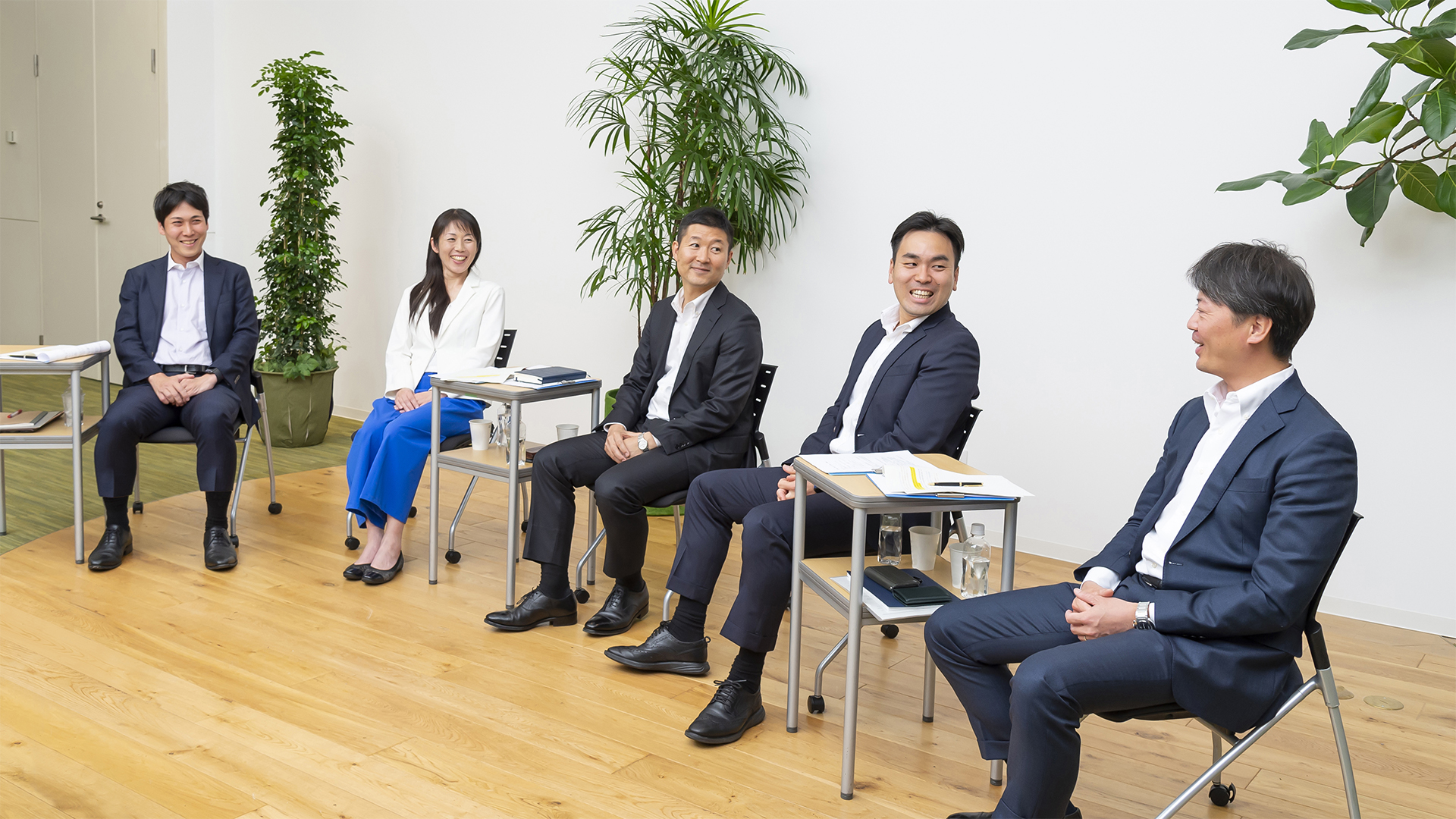
—— Work in the Next-Generation Energy Business Group began in April, but have you sensed any changes because of it?
Mori MC has always promoted cross-group projects, a recent example being the work pursued by our EX Task Force. I think that the Next-Generation Energy Business Group has enjoyed a smooth launch, because it has the foundations to organically promote connections between our professionals from different business groups. I've actually found myself loitering between floors of late (laughs). I've realized that if I just wander around for a bit, I'm virtually guaranteed to bump into one of my peers, and I think that's just a natural way of stimulating communication with our colleagues and superiors. Ichinose Being in close physical proximity to one another is a big plus, isn't it? It's easy to consult with people in neighboring departments, and I've discovered that even a simple question can prompt a really in-depth and helpful response, so I'm quite grateful to be a member of this group. Hayashi The Next-Generation Energy Business Group has members from so many different departments, so they all have unique customer insight and can give us hints on new business proposals. I think it's a terrific environment.
—— I'd love to hear some examples of how these cross-departmental connections have led to new ideas or projects.
Mori SAFs, hydrogen, ammonia and the other things we've been discussing all share a common problem, namely how to advance their practical and societal applications. So as we network with others involved in different businesses, we're designing those systems, sharing ideas on policy support, and so on. Nishida Ms. Ichinose was previously involved in MC's motor vehicle operations, so I consulted with him about approaching automakers who were looking for specific decarbonization solutions. Thanks to her advice, I was able to reach out to them with ideas on how to use carbon credits. Looking forward, it might be possible to connect with our group's other departments to propose carbon credits to their clients as a means of strengthening their work to decarbonize as they await full-fledged adaptations of next-gen energies. I think our group's main strength is its ability to table a variety of solutions that can meet the needs of different companies. Ichinose There are quite a few other ideas that we'll probably cooperate on. For example, we're looking into growing trees bearing beans with high oil content as a means of securing biofeedstock for SAFs, so We may need to work with Our Carbon Management Office or the Natural Gas Group's Carbon Recycling Unit to oversee those trees' CO2 sequestration. Furthermore, if we consider using the fibrous residue left over from the process of extracting those oils as fertilizer or animal feed, then there's also the possibility of working with the Food Industry Group.
—— What are your expectations for the Next-Generation Energy Business Group's future?
Mori Even though we often talk about "next-gen energy" as though it were a single field, it is in fact comprised of many different sources and technologies, all of which are at varying stages of commercialization. By now of course, some have reached relatively advanced stages, but if we hope to apply the know-how we've gained from them to future business developments, then it makes sense to consolidate all of our next-gen energy operations within a single organization. I think that will prove to be a strength for MC in the coming years. Ando Personally, I don't believe that the current shape of the Next-Generation Energy Business Group will be its last. Nowadays, we're seeing barriers that exist between industries or those that have traditionally blocked entry by new players starting to come down. This is a new age, when all kinds of different enterprises can get involved in next-gen energy businesses. For us to advance societal applications of these energies, we'll need to take full advantage of our collective capabilities as a sogo shosha, which will in turn necessitate an amoeba-like adaptability to reshape our organizations in keeping with the times.
A Shared Passion to Fulfill Missions in Next-generation Energy
—— I'd like conclude our discussion by asking each of you to sum up what inspires you to realize a carbon-neutral society.
Mori My hope is that MC makes a thorough commitment to creating new industries in clean energy, while holding firm to its goal of being a sustainable enterprise. I think that will have a positive impact on sustainable economic development in Japan. Ichinose I think more than anything else, I want our children, grandchildren and all future generations to inherit a sustainable planet earth. So as a member of MC's Next-Generation Energy Business Group, I'm looking forward to doing my part to plan and execute the company's energy strategies and help create a sustainable future. Hayashi I find it extremely motivating to be able to take on challenges in this new domain of next-gen energy and work on projects that deliver new value. I expect that by creating businesses that make long-term contributions to society, we will not only enjoy success through those businesses, but also improve quality of life for everyone involved or even indirectly associated with them. Nishida Western countries have tended to lead the way in decarbonization initiatives and frameworks, and we're certainly getting the sense that Japan is lagging behind in many aspects. My ambition is to help Japanese enterprises take genuine climate action, so that they really do start to decarbonize their operations as soon as possible. Even if that progress is incremental, it can boost a company's brand and corporate value. Ando The fact that Japan is an island nation makes it difficult to swap things like fuel and power with neighboring states. Japan must therefore leverage its own strengths to gain energy security and decarbonize, instead of allowing itself to simply be led by Europe or the US. In my view, this is not about optimizing a single company or industry. Rather, it is a matter of figuring out Japan's ideal state as a nation and taking diligent and steady steps to achieve it. That's a challenge that I hope to be involved with in the years ahead.
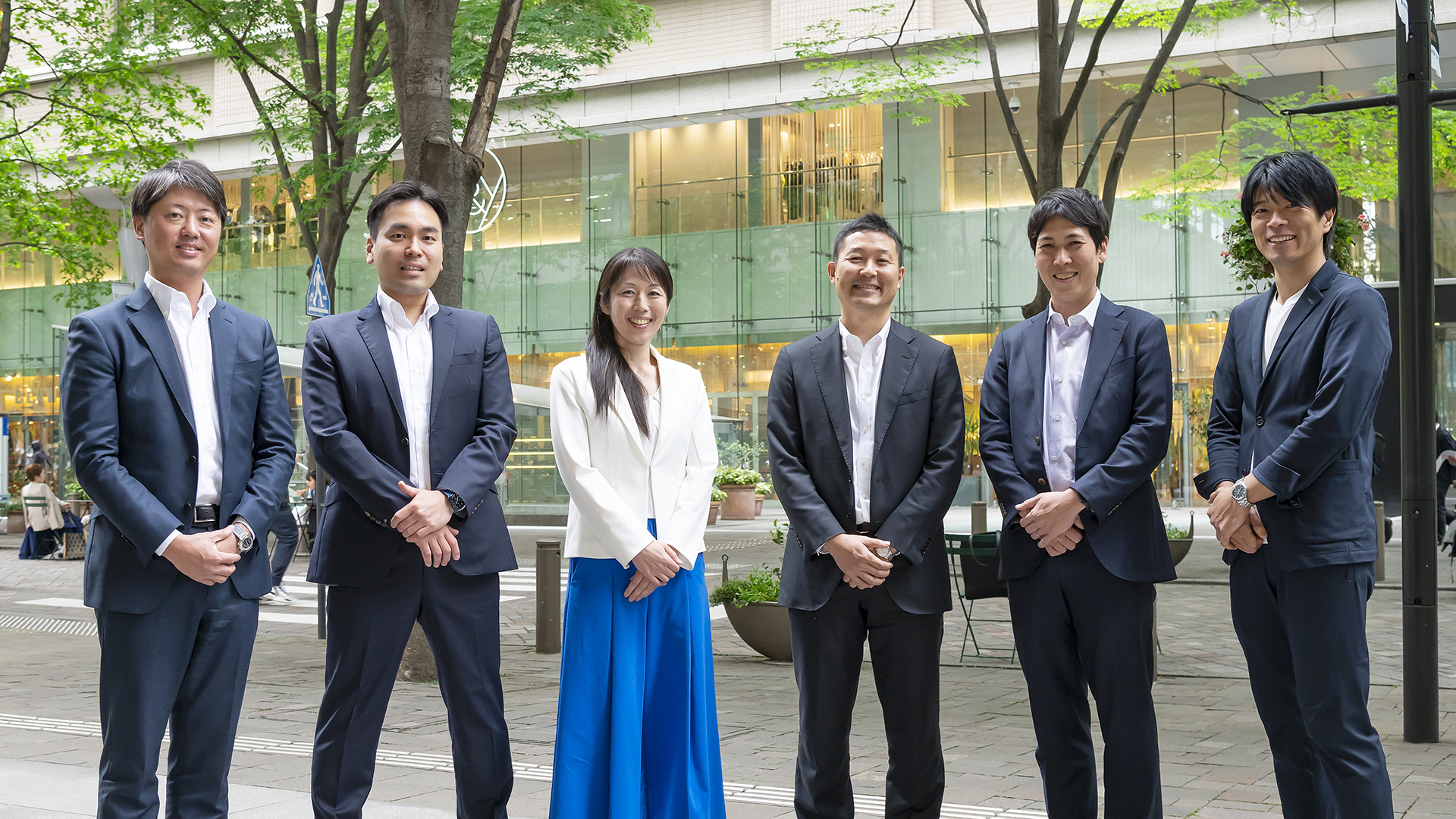
- Look out for part 3 of our series, which will feature an interview with the head of MC's Next-Generation Energy Business Group, Mr. Masaru Saito. He explains the kinds of energy transformations that Japan's sogo shosha are pursuing and their vision for the future.
-
The Present and Future of Next-generation Energy vol.1
MC's Next-Generation Energy Business Group A New Organization Dedicated to Decarbonization -
The Present and Future of Next-generation Energy vol.2
Leveraging Cross-industry Connections and Know-how to Advance Societal Adaptations of Next-generation Energy -
The Present and Future of Next-generation Energy vol.3
Innovation Born of Integration Sharing the Conviction to Create the Future of Energy
